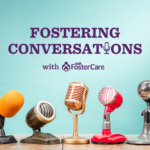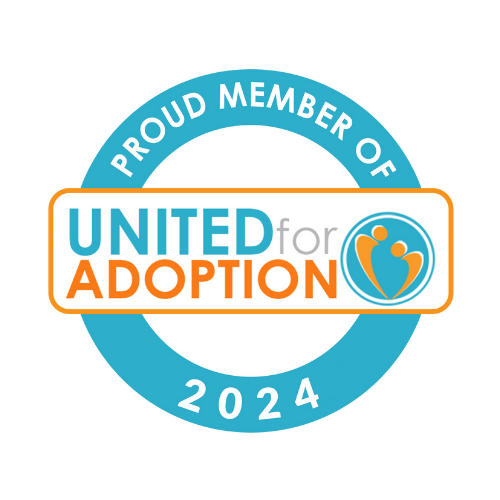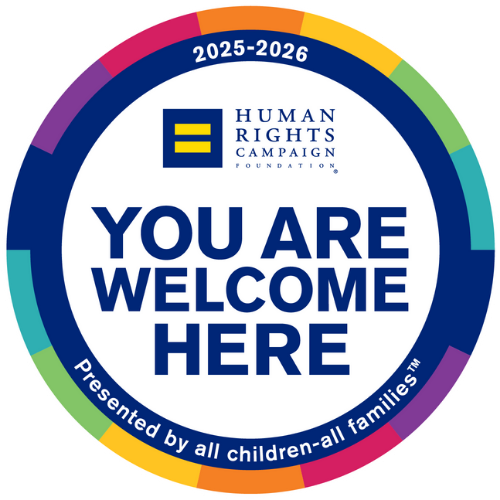
“Professionals who work with youth need to understand the lives and unique challenges of the LGBTQ youth they serve and the implications of policies, practices, and organizational climates on their experiences and outcomes. Many resources are available for caregivers and others in the child welfare workforce to develop competency and learn how to talk positively about issues that affect LGBTQ youth, including providing safe and supportive environments. Like all youth, LGBTQ youth need a safe and stable place to live; freedom to express themselves; and structure and guidance to support them in becoming responsible, healthy adults.
Several studies have found that LGBT young people are overrepresented in child welfare systems, despite the fact that they are likely to be underreported because they risk harassment and abuse if their LGBT identity is disclosed. For example, although approximately 4-10 percent of the total population is estimated to be LGBT,5 a study in Los Angeles estimated that LGBT youth represent 19 percent of those placed in out-of-home care.6 In other research on youth aging out of foster care, 34 percent reported a sexual orientation other than heterosexual.7 These data suggest that LGBTQ youth are at risk for overrepresentation in child welfare systems and are disproportionately likely to leave the foster care system without a permanent family.
Unfortunately, a high percentage of LGBT youth continue to experience verbal harassment or physical violence after they are placed in out-of-home care due to conflicts related to their sexual orientation or gender identity.8 In the Los Angeles study, 13 percent of LGBT youth reported being treated poorly by the foster care system compared with 6 percent of non-LGBT youth.9
Many LGBT youth experience multiple disrupted placements, compounding the trauma associated with leaving their families of origin and increasing the chances of homelessness.10 For example, 78 percent of LGBT youth in one study were removed or ran away from foster placements because of the caregiver’s hostility toward their sexual orientation or gender identity.
Furthermore, LGBT youth in foster care are less likely than other youth to find a permanent home, whether through reunification with their birth or kin families or through adoption.15” –Child Welfare






